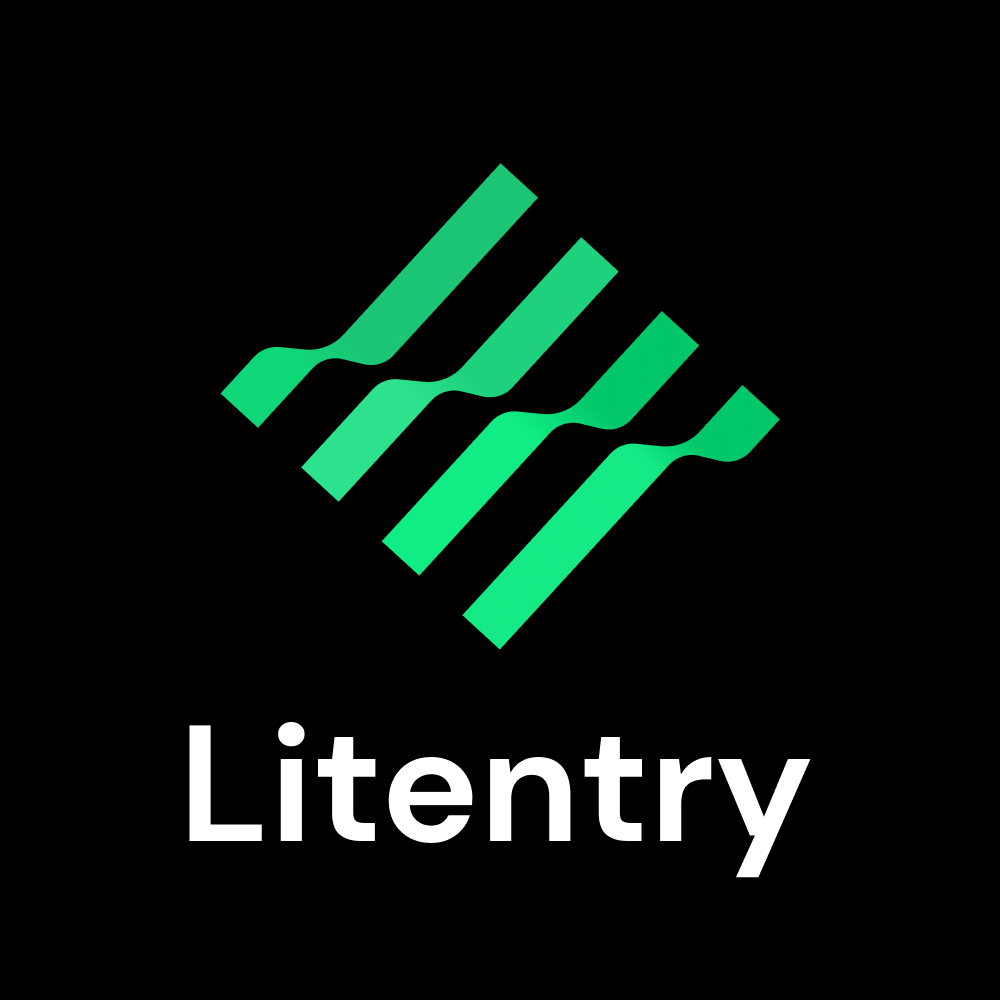Ever since I moved into full-time crypto more than 2.5 years ago, it has been a wonderful and exciting journey. It hasn’t always been easy, but the lessons along the way have all been worth it. Over the past half a year, I’ve finally found my passion when it comes to crypto investing, and that’s with crypto startups and new and emerging projects. The interest around cryptocurrencies picked up dramatically over the past couple of months, and I’m getting family and friends asking me about Bitcoin and cryptocurrencies constantly. So I’ve decided to pick up my blogging once again and share some of my findings. In the next few weeks, I will be sharing the research I’ve conducted around new and emerging projects, projects that are doing upcoming private or public sales, as well as lessons I’ve learnt over the past half a year.
Today, I’m going to start by highlighting one of the most promising upcoming projects built on Polkadot. The project is called Litentry, and as I’m writing this, I just read that it will be launching on Binance Launch Pool starting from 29th January 2021.
What is Litentry?

Litentry is a decentralized identity data aggregation protocol. It is able to aggregate decentralized identity data from across decentralized networks. Litentry network is built on Substrate and are a part of the Polkadot network, and they are a recipient of a Web3 Foundation grant.
What is a decentralized Identity?
According to the W3C standard, “a decentralized identity is a globally unique persistent identifier that does not require a centralized registration authority because it is generated and/or registered cryptographically.” So when we are talking about Decentralized Identity (DID) data, this includes data that supports the ownership of an individual’s identity such as driver’s license, or it could also include data that has undergone further computational analysis such as voting behavior in a Decentralized Autonomous Organization (DAO). The benefit of decentralized identity data is that it is both verifiable and tamper-proof. And Litentry is at the forefront of the DID movement by providing access to aggregated DID data across decentralized networks.
What are the benefits of Litentry’s approach to aggregating DID data?
There are many use cases for Litentry’s DID aggregation protocol, and I’ll briefly highlight a few below.
- A very basic but extremely handy use case for Litentry is to have a source of decentralized identity that could be used for crypto KYC via different platforms. A core principle of Litentry is privacy preservation, and so instead of uploading KYC documents on centralized platforms that can be hacked, Litentry provides DID data for crypto projects to conduct kYC for lower costs and do airdrops in an efficient and precise manner.
- We all know about the explosion in DeFi services over the past year. One of the features of Litentry is that it is able to process decentralized identity data into credit calculations. There are privacy mechanisms built in to Litentry where user’s privacy data are protected from exposure to others using zero-proof technology. Credit scores can be calculated by aggregating decentralized identity data across blockchain networks. This could be used to provide credit scores for individuals for DeFi lending services. This means that instead of the typical ways of locking up collateral for DeFi loan services, credit scores could be used instead to assess someone’s eligibility for DeFi loans.
- Finally, one of the hottest trends in recent times has been the emergence of Decentralized Autonomous Organizations (DAO). We see the popularity of some of these DAOs such as Mantra DAO, Maha DAO, Badger DAO and Duck Duck DAO. As these DAOs mature, a core element of a DAO is community governance and voting. However, currently we find that many projects have a low level of engagement when it comes to governance and on-chain voting. That’s when Litentry can step in to perform analysis with relation to on-chain voting and assign scores conected to the decentralized identities. These scores could then be used to further reward and boost the voting of active participants.
Moreover, Litentry is one of the more unique and exciting projects that will be launching this year. So keep your eyes open when the mobile app launches later this year and when LIT hits the exchanges soon.
To learn more about Litentry, you can check out the below links:
Welcome back. It's great to see projects built as part of Web3 Foundation, because that way more people onboard on the crypto communities.
Thanks for reading. Yes, Web3 Foundation are doing a great job supporting projects and building up the Polkadot ecosystem.